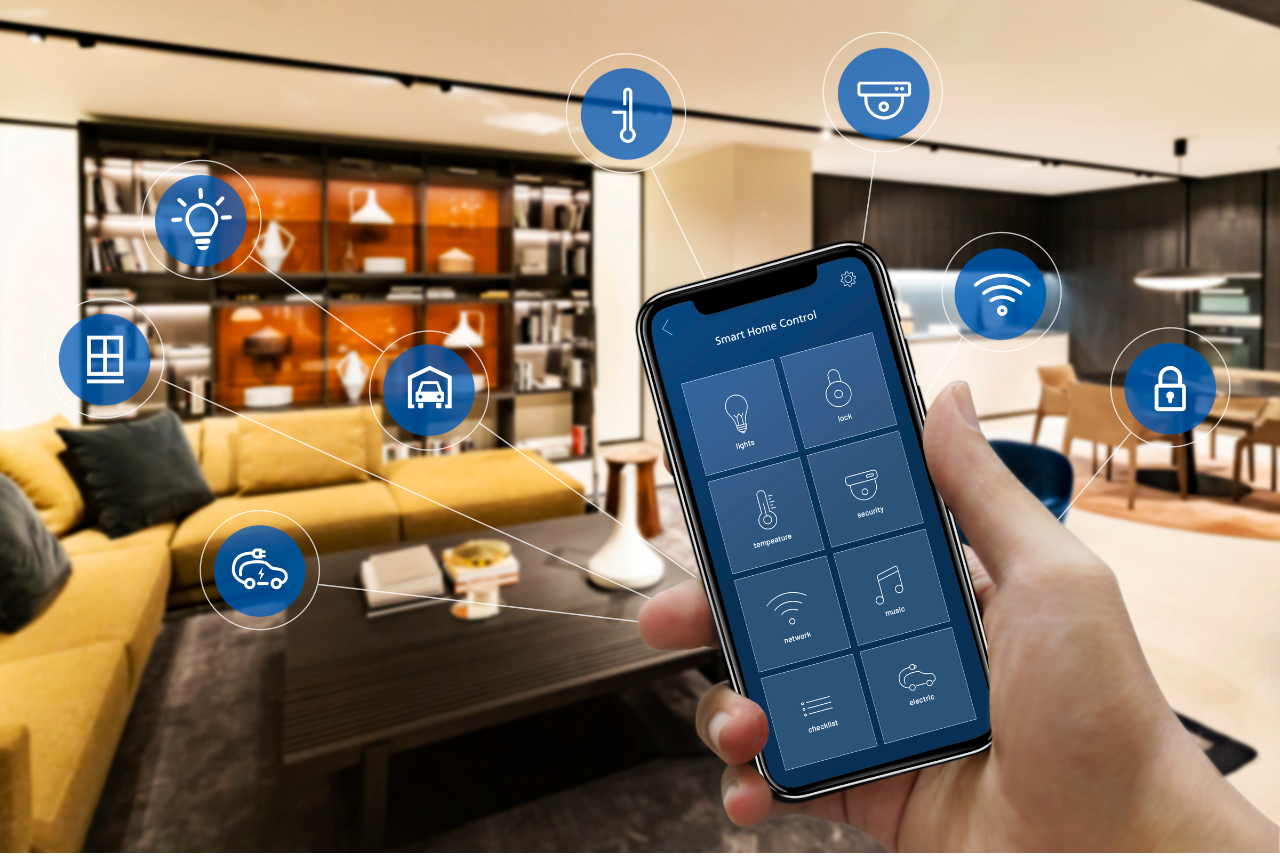
Leak detection with IoT technology: A Profound Look at its Potential and Impact
Share
In the rapidly evolving landscape of the Internet of Things (IoT), leak detection with IoT technology is emerging as a critical area of interest and innovation for tech professionals and enthusiasts. As smart devices become more prevalent, integrating IoT technology into our everyday lives offers significant benefits, especially in monitoring and managing leaks. IoT-enabled leak detection systems hold the promise of significant advancements in efficiency and cost-effectiveness. This article delves into how IoT technology is changing the approach to leak detection and its potential impacts on various sectors.

Understanding IoT-Enabled Leak Detection
The basic premise of IoT technology revolves around the capability of connecting various devices and systems to the internet, allowing them to send and receive data. This interconnected system enables proactive problem solving through real-time data analysis and better resource management.
When applied to leak detection, IoT devices can offer compelling solutions. Sensors, communication networks, and software platforms come together to create systems that can detect leaks in pipelines, homes, and industrial settings long before they become critical issues. By leveraging machine learning algorithms, these systems enhance detection accuracy, reduce false alerts, and offer timely notifications to prevent costly damages.
Importance of Real-Time Monitoring
One of the key benefits of IoT in leak detection is the ability to monitor systems in real time. Traditional methods often rely on periodic checks, which are labor-intensive and prone to human error. IoT solutions automate this process, continually scanning for anomalies and sending alerts at the first sign of trouble. This immediate response capability is indispensable, saving both time and resources.
For instance, smart home technology can detect a minor water leak and notify homeowners through a mobile app, preventing extensive water damage. Similarly, in industrial applications, such as in oil pipelines, early detection of leaks through IoT can avert environmental disasters and enhance operational efficiency.
Innovative Applications in Different Sectors
IoT-based leak detection systems are paving the way for more efficient water management, especially in smart homes. According to the article on Smart Plumbing Systems for Efficiency, many companies are developing sensors that help detect and manage water consumption efficiently, thereby reducing waste and lowering utility bills.
In agriculture, adopting IoT technology can help manage resources such as water more sustainably. Articles like Drip Irrigation with Smart Technology illustrate how IoT devices are already used to monitor and optimize water usage, contributing to more sustainable farming practices.
Benefits of IoT in Reducing Economic Losses
The economic impact of leak detection with IoT technology is substantial. In the utility and resource management sectors, traditional methods tend to incur high labor and maintenance costs. IoT solutions offer more cost-effective alternatives, as they require less manual intervention. Furthermore, the precision of real-time data can significantly reduce losses from undetected leaks.
Smart homes also benefit economically by integrating IoT leak detection systems. As highlighted in the Sustainable Water Usage in Smart Homes article, homeowners can save significantly on repair costs by preventing water damage through timely leak detection.
Challenges and Ethical Considerations
Despite the benefits, IoT technology adoption is not without challenges. Security is a major concern, as more connected devices increase the risk of cyber-attacks. Ensuring that sensitive data is protected against breaches is paramount.
Furthermore, the implementation of IoT technologies raises ethical questions regarding privacy and data ownership. As these systems collect vast amounts of data, regulations are required to govern their use and protect users rights.
The Future of IoT Leak Detection
The future of IoT in leak detection appears promising, with continuous advancements and innovation in sensor technology and AI integration. Projects and initiatives aimed at enhancing IoT's role in leak detection are underway and are likely to bring even more sophisticated and energy-efficient solutions into the fold.
With ongoing research, such as those mentioned in Home Automation Ideas, the potential for IoT in various applications extends beyond leak detection. It promises to integrate seamlessly into broader smart home ecosystems, enhancing functionality and user experience.

FAQ
1. How do IoT leak detection systems work?
IoT leak detection systems rely on interconnected sensors that monitor specific areas for changes associated with leaks, such as pressure drops or moisture levels. These sensors communicate data to a central system, often using wireless technology.
2. What are the advantages of using IoT for leak detection?
Advantages include real-time monitoring, early leak detection, reduced maintenance costs, and minimized water damage. These systems are more efficient and accurate than traditional methods.
3. Can IoT leak detection systems be integrated into existing infrastructures?
Yes, many IoT leak detection systems are designed to be compatible with existing infrastructure. They can be retrofitted into older systems, making them accessible for various applications without the need for extensive overhauls.
